In its centuries-old history, the Etropole Monastery "Holy Trinity", also called "Varovitets", has been preserving valuable pages decorated by skilled artists. Here hundreds of years ago, one of the most productive literary schools in Bulgarian lands developed and thrived. Hidden deep in the Etropole part of the Balkan Mountain, it is still an attractive center for Christians from all over the country. "The monasteries in Bulgaria during the Middle Ages and the early National Revival Period performed a cultural and educational function. They are strongholds of the Bulgarian spirit and literary schools at the same time," explains Prof. Dr. Hristo Temelski from the Church-Historical and Archival Institute. He told us more about the monastery and its role in preserving art and culture.
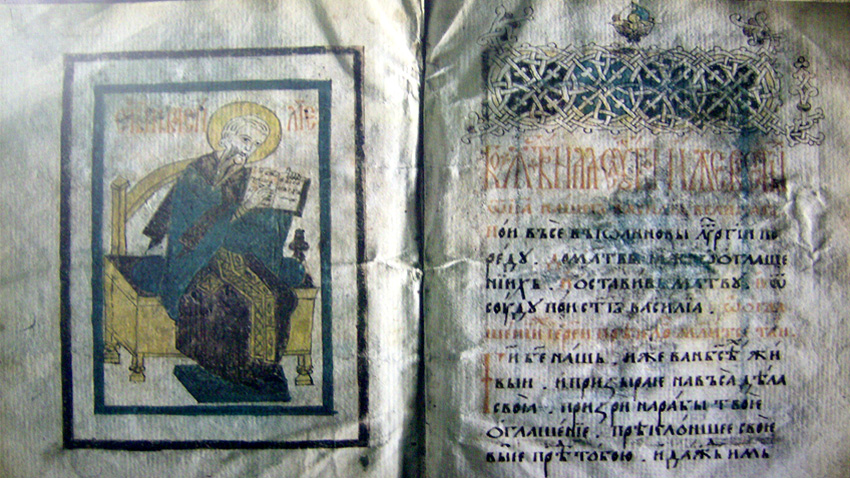
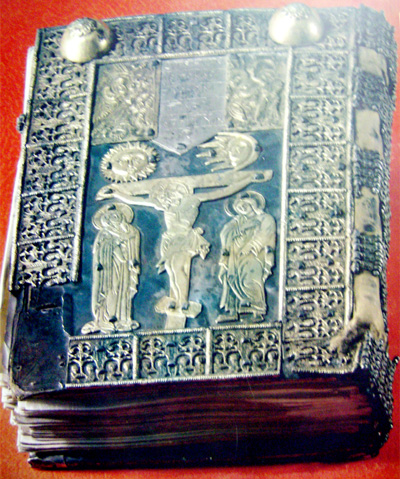 The most common opinion is that the Etropole Monastery was founded around 1158. According to information by a monk, provided to Alexander Tatsov, who studied the region, during the construction of the church in 1858 two plates were found indicating that the monastery was created 700 years ago. The literary school emerged at the end of the sixteenth century and was flourishing in the first half of the 17th century. At that time, the nearby town of Etropole became a rich ore settlement and the locals devoted money to the monastery. The school has workshops in it and taught writing, painting, calligraphy, book binding. Local binder Danail Etropolski was very famous. We have 13 manuscripts by him and there are 20 more we suppose are his work too. Another binder of this rank was Hieromonk Raphael, from whom 4-5 dated manuscripts are preserved. Binding is also an artistic activity - making wooden covers and wrapping the book with special leather.
The most common opinion is that the Etropole Monastery was founded around 1158. According to information by a monk, provided to Alexander Tatsov, who studied the region, during the construction of the church in 1858 two plates were found indicating that the monastery was created 700 years ago. The literary school emerged at the end of the sixteenth century and was flourishing in the first half of the 17th century. At that time, the nearby town of Etropole became a rich ore settlement and the locals devoted money to the monastery. The school has workshops in it and taught writing, painting, calligraphy, book binding. Local binder Danail Etropolski was very famous. We have 13 manuscripts by him and there are 20 more we suppose are his work too. Another binder of this rank was Hieromonk Raphael, from whom 4-5 dated manuscripts are preserved. Binding is also an artistic activity - making wooden covers and wrapping the book with special leather.
Prof. Temelski also told us that the Etropole Literary School created its own handwriting style. In it one can see a cross, a snake, a bird, a human face, a human head with raised hair. Texts in the monastery’s scriptorium are mainly liturgical books needed for church services. Many were lost, or destroyed. "However, more than 80 manuscripts have been preserved. Among them is a valuable manuscript by John Gramatik, dated 1648. The script has gold-plated silver covers. Another interesting one is a so-called poetic prologue of 1636, reading about the return of the relics of St John of Rila from Turnovo to the Rila Monastery in 1469.
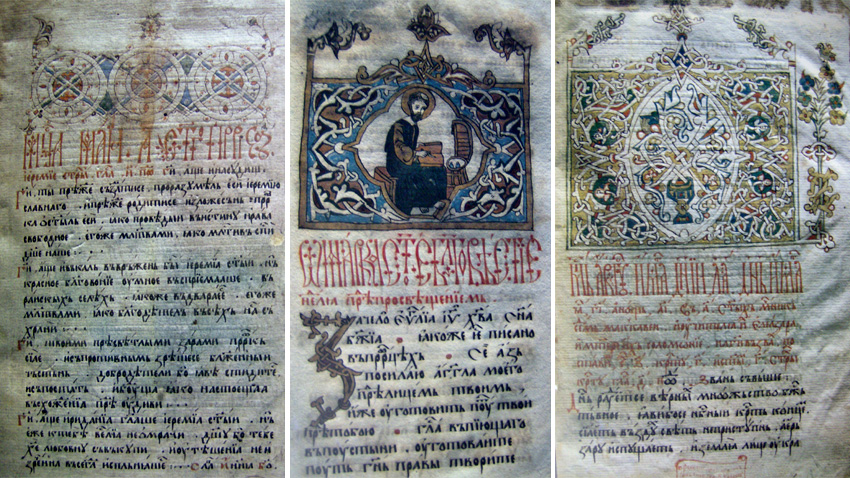
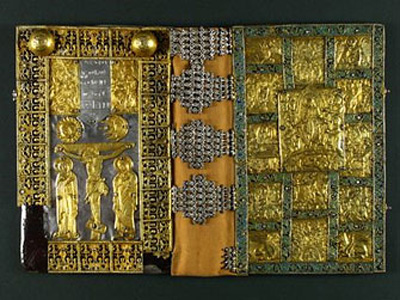 Prof. Temelski told us about the fate of the monastery during the Ottoman oppression:
Prof. Temelski told us about the fate of the monastery during the Ottoman oppression:
“During the conquest of Bulgaria by the Turkish hordes the old monastery was destroyed. Later it was restored with the help of the local population. There were some problems during the Kardzhali unrest when the monastery was attacked and robbed. After all the monastery has been preserved and it was renovated several times, thanks to the Etropole citizens and leaders who were quite influential.”
Today's church dates back to 1858. How was such an impressive church built during the times of Ottoman oppression?
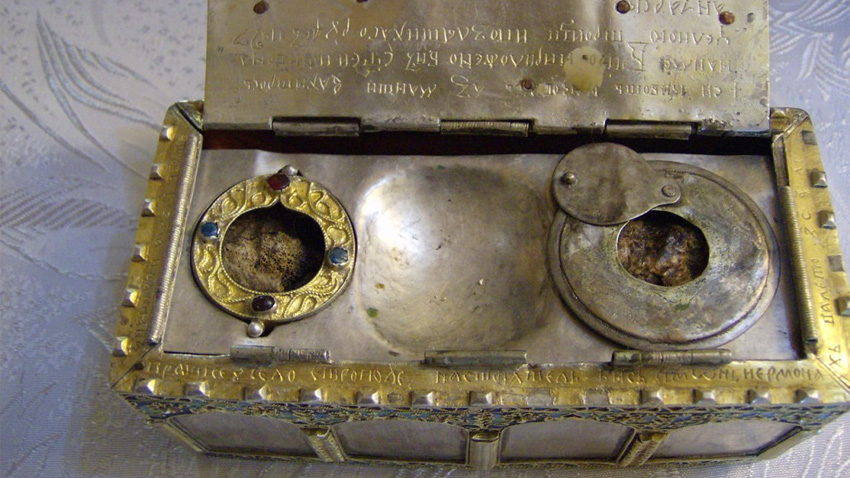 Following the Adrianople Peace Treaty, in 1729 the Tanzimat era began. It was characterized by reforms in the Ottoman Empire. Two major reform acts were issued. One is the Gülhane Edict. It gave many rights to the Christian population and restoring churches and monasteries was allowed. That is how the Etropole Monastery was renovated in 1858. The Abbot of the monastery found two
Following the Adrianople Peace Treaty, in 1729 the Tanzimat era began. It was characterized by reforms in the Ottoman Empire. Two major reform acts were issued. One is the Gülhane Edict. It gave many rights to the Christian population and restoring churches and monasteries was allowed. That is how the Etropole Monastery was renovated in 1858. The Abbot of the monastery found two
Ottoman documents. One is a Sultan decree of 1858 that allows the Etropole population to renovate the monastery. The other includes permission for partial renovation in 1832 - 1833.
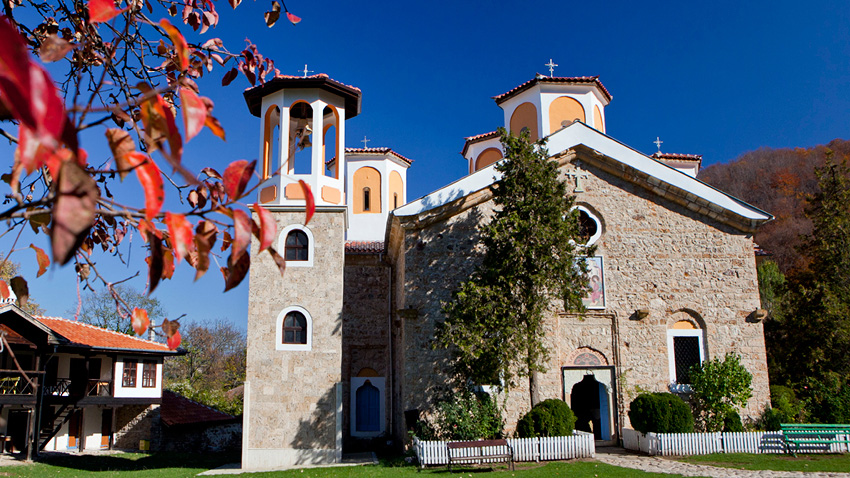
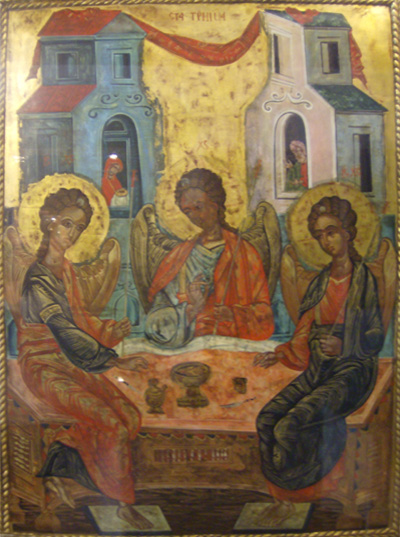 More from Prof. Temelski:
More from Prof. Temelski:
“From the old church, of 1158, when the monastery was founded, there are two silver crosses with inscriptions that are missing. The first was made in 1492 in Vratsa by master Ivan Yanov and was donated to the monastery by priest Stoyan from the village of Hurlets. The second one was made at the end of the 16th century, by master Mavrodia Dragolinov from Kameno Pole. We have a silver reliquary made by master Boicho of Etropole "in summer 1753" with the inscription: "Contains the relics of St. Cosmas and Damian." The altar door of the old iconostasis with openwork carvings and the church icon "The Old Testament Trinity" from 1538 are also preserved. The artist who created it was Nedyalko from Lovech. It is kept in the exhibition of the Historical and Archaeological Museum in Sofia. There were no murals in the 1858 church. In 2007 the monastery underwent a complete renovation. The temple was painted according to the project of Prof. Sasho Rangelov from the Faculty of Fine Arts of the University of Veliko Tarnovo.”
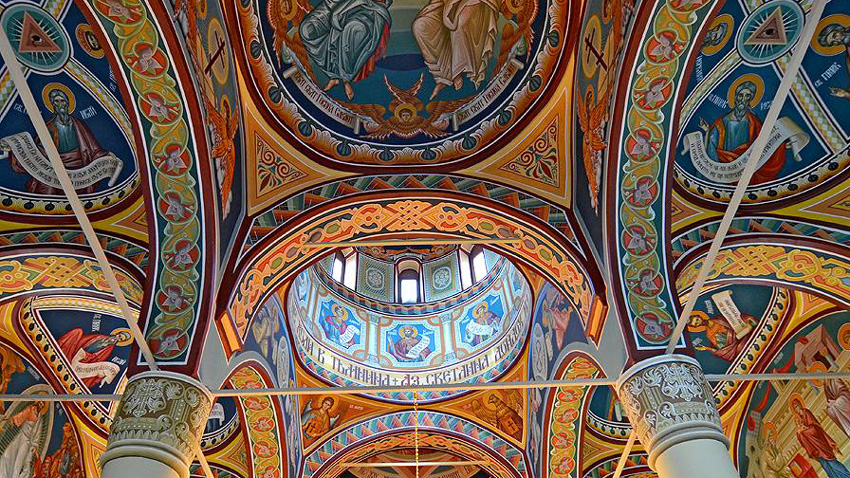
English: Alexander Markov
Photos: Svetlana Dimitrova and etropolskimanastir.etropolebg.comAn architectural and cultural monument of national importance, the church of Saint George the Victorious in the town of Kyustendil is located at the foot of the nearby Osogovo Mountain, in Kolusha neighbourhood. The study and restoration of..
We do not need to travel thousands of kilometers to reach holy Christian places and “drink from the miraculous well” of Orthodox faith. Hundreds of churches and monasteries were built on Bulgarian territory with the faith and the hope..
A hard-to-reach fortress rose on a solitary ridge, which was towering above the Asenitsa River. This place built high in the rocks was once sheltering Thracians, Romans, Byzantines, Western Europeans, Bulgarians and Ottomans. One..

+359 2 9336 661
